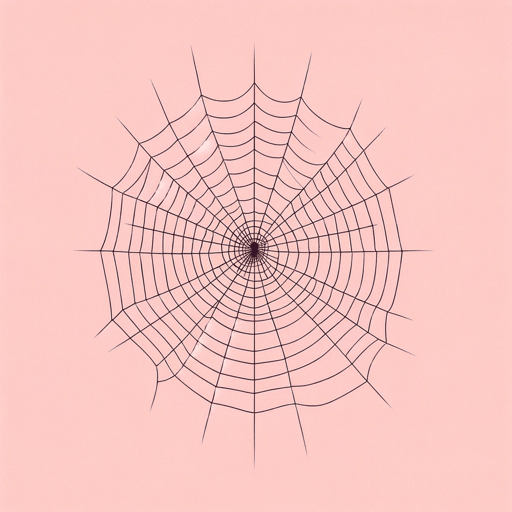19 pages • 38 minutes read
Mary HowittThe Spider And The Fly
Fiction | Poem | Middle Grade | Published in 2002A modern alternative to SparkNotes and CliffsNotes, SuperSummary offers high-quality Study Guides with detailed chapter summaries and analysis of major themes, characters, and more.
Themes
The Dangers of Temptation
“The Spider to the Fly” was originally captioned by the subtitle: “A new Version of an old Story.” Indeed, it is perhaps one of the oldest: the dangers of temptation. Acting much like the seductive snake in the garden of Eden, Spider is the devilish entity who seduces a woman into doing what he wants. Fly takes on the role of the victim, succumbing to Spider’s charm due to her own desire for self-knowledge.
Spider is a seducer. Like Satan in John Milton’s epic poem Paradise Lost (1667), he is charming and deceptive. He tries tempting Fly with a variety of things including “curious[ities]” (Line 4), opulence such as expensive bedding, and delicious food of which she may partake. He talks of his “warm affection” (Line 14) and calls her pet names like “dear” (Lines 7, 13), “friend” (Line 13), and “sweet creature” (Line 19). Knowing what kind of man/insect he is—and what he’s done to other flies, Fly resists him—until she is offered something she might not have: a mirror.
The idea of seeing her own beauty in Spider’s “looking-glass” (Line 21) is as tempting as Eve’s desire for the apple. Spider immediately understands this and ups the seduction accordingly by concentrating on her looks, complimenting her eyes, clothes, and hairdo, all items that she will need him—and his mirror—to help her see.

